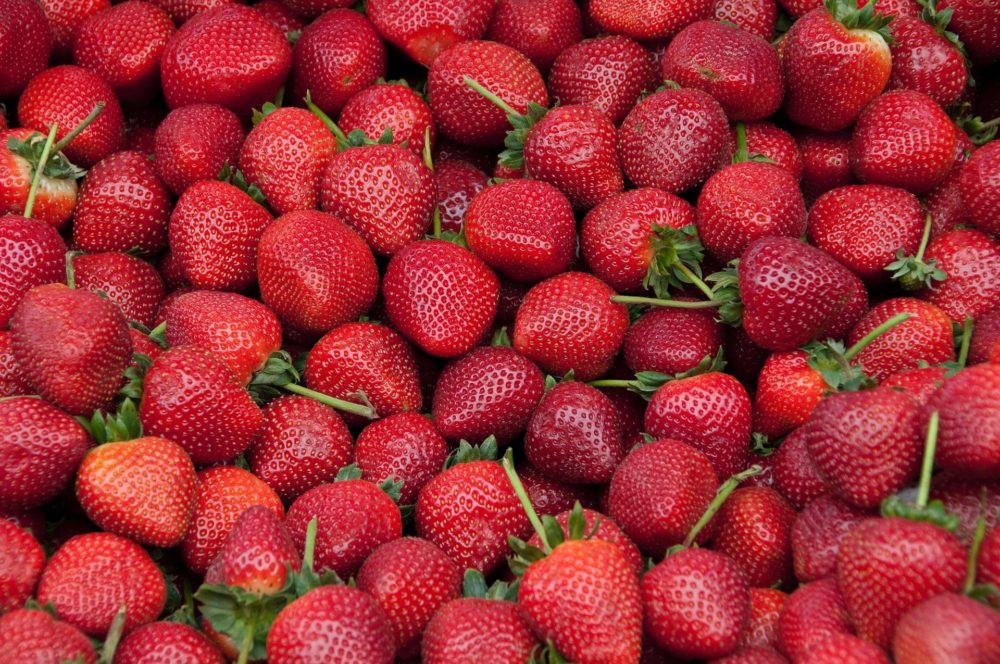Greenwashing remains a risk in the controlled environment agriculture (CEA) industry, according to the 2021 Global CEA Census Report from New York-based Agritecture Consulting and New Zealand ag software company WayBeyond.
In this third edition of the annual report, 70% of respondents said they believe the CEA sector is susceptible to “excessive greenwashing.”
‘Greenwashing’ describes the marketing antics of companies that mislead the public on their environmental and sustainability credentials to improve their reputation and appeal.
The goal of the census is to analyze the scale and state of the CEA industry in order to pinpoint the challenges it faces and what can be done to overcome them.
This year, the census had 336 respondents from around the world, with 18% from the US, 10% from India, and 4% from the UAE. They represented a range of small businesses with revenues under $25,000 to large companies with more than 100 employees and revenues above $10 million.
The greenwashing effect
Contributing to the problem of greenwashing among CEA companies is the fact that many do not track metrics around their use of key climate-related resources such as water and energy, or don’t track them as frequently or as precisely as needed.
“If you look at the communication of CEA actors and especially indoor [and] vertical farming companies, sustainability claims are widespread in public statements but almost never backed with factual and comprehensive data,” noted one respondent from France.
Part of the problem is that tools for efficiently measuring things like waste, water usage, and energy usage aren’t as common as they should be; the census found that 48% of respondents are tracking sustainability metrics by “manually calculating every now and then.” Another 27% do not track at all. This applies to large and small operations alike across all CEA formats, from greenhouses and indoor vertical farms to hoop houses and shipping container farms.
While 62% of respondents reported tracking energy consumption, only 28% provided a “credible” number, which the census describes as a measure with units in the kilowatt hour per kilogram, or per pound, of produce. Just half of those able to provide a credible number could give a breakdown of energy consumption by use case on their farm.
For water usage, 70% of respondents said they track this metric, but only 40% provided a credible number.
Additional takeaways
Companies are optimistic about financial health in the immediate future
Despite the world still being in the midst of a global pandemic and supply chain crisis, census respondents were positive about the financial performance of their businesses. Roughly 58% detailed financial improvement from 2020 and just 14% saw a decline in overall financial health.
Almost 72% of farms said they expect net improvement in financial performance in the “immediate” future, an increase from 52% in 2020.
More CEA startups are pursuing fundraising activities
A higher percentage of respondents, 58%, pursued funding activities in 2021 compared to 40% in 2020. “This could potentially be driven by the negative effects of the [Covid-19] pandemic or the increasingly bullish market for private investment into CEA,” the report says.
The highest percentage of respondents sought funding through “grants or government agency.” Notably, however, those pursuing funding through angel investors, venture capital, and corporate investors enjoyed the highest success rate, at 92%.
Berries are up next for most growers
For some time, leafy greens and microgreens have ruled the CEA space – and to a large degree still do.
However, in the last couple of years, CEA startups have slowly but surely begun cultivating other crops. According to the census, 30% of growers are considering berries as the next crop to start growing, including strawberries, blueberries, and raspberries. Another 26% are considering vine-based produce such as tomatoes and cucumbers.
Mushrooms stood out as another crop to come among 22% of respondents. One respondent cited consumer demand and more online resources available to new growers as reasons for the uptick in interest in mushrooms.




